新書推薦:

《
读书是一辈子的事(2024年新版)
》
售價:HK$
77.3
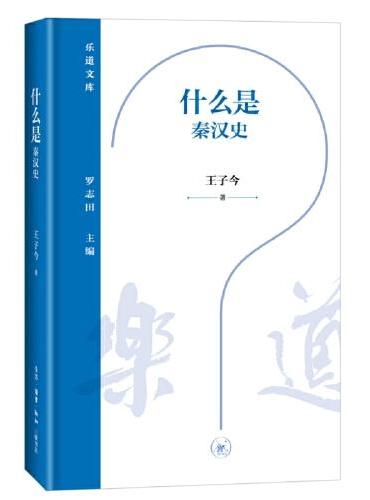
《
乐道文库·什么是秦汉史
》
售價:HK$
80.6
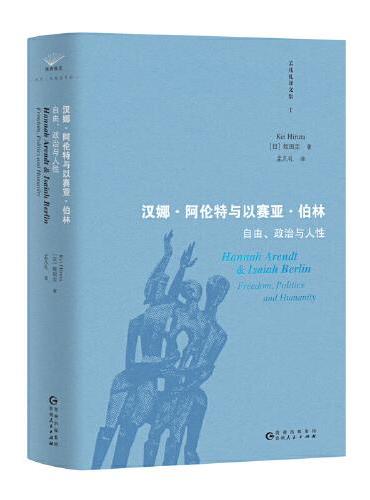
《
汉娜·阿伦特与以赛亚·伯林 : 自由、政治与人性
》
售價:HK$
109.8
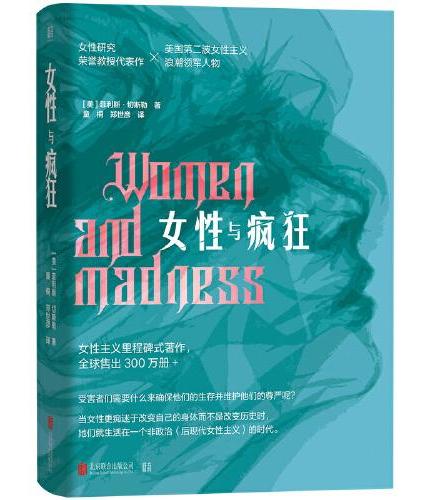
《
女性与疯狂(女性主义里程碑式著作,全球售出300万册)
》
售價:HK$
109.8
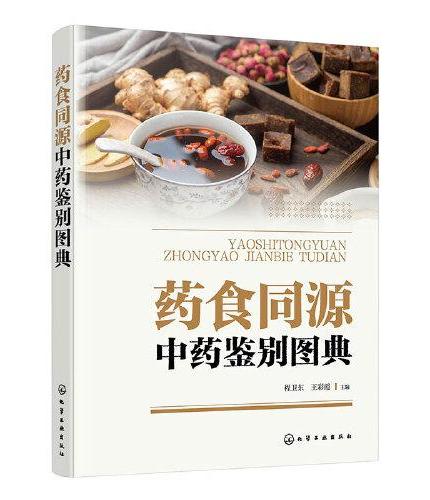
《
药食同源中药鉴别图典
》
售價:HK$
67.0
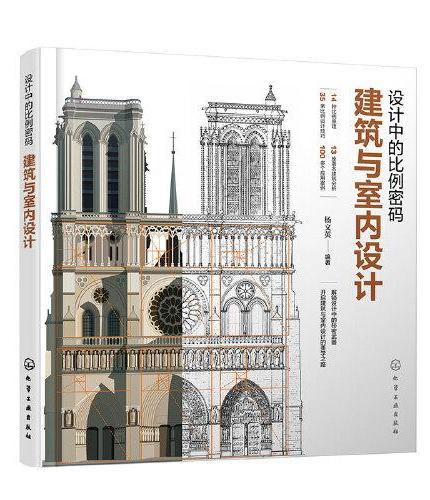
《
设计中的比例密码:建筑与室内设计
》
售價:HK$
87.4
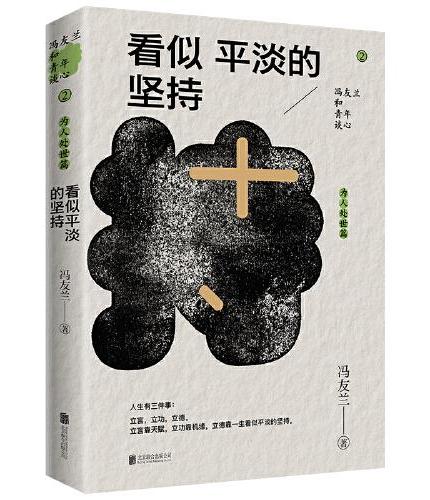
《
冯友兰和青年谈心系列:看似平淡的坚持
》
售價:HK$
55.8
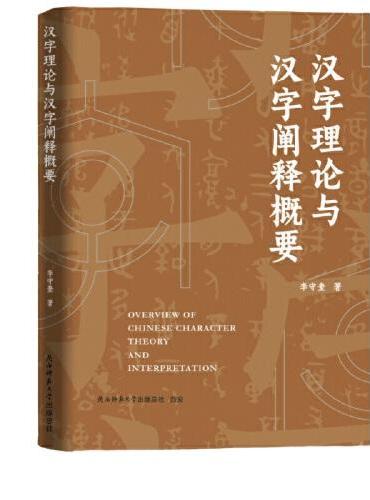
《
汉字理论与汉字阐释概要 《说解汉字一百五十讲》作者李守奎新作
》
售價:HK$
76.2
|
| 內容簡介: |
《永磁体:历史与未来(英文版)》致力于提供永磁体在理论和实验研究方面的前沿进展。它涵盖了宽广的范围:从基本理论到先进技术,从传统磁体改进到新型磁体研发,从磁体的制造到回收利用。《永磁体:历史与未来(英文版)》的主要内容包括:永磁体的矫顽力理论,各种先进永磁体的发展历程,以及磁体的制造和回收技术等。
《永磁体:历史与未来(英文版)》是“强磁场下的基础科学问题学科发展战略研究咨询项目”(沈保根院士负责)成果的汇集,各章作者均为在永磁基础研究领域一线优秀科研人员,讨论的内容为当前国际相关领域的前沿。为便于国际交流,《永磁体:历史与未来(英文版)》全部为英文写作。
|
| 目錄:
|
Contents
Preface
Chapter 1 Millenniums of Permanent Magnets: From Compasses to Rare-earth Magnets 1
References 5
Chapter 2 Coercivity Mechanisms in Nanostructured Permanent Magnets 7
2.1 Introduction 8
2.2 Hysteresis loops and a survey of various coercivity mechanisms 10
2.2.1 Hysteresis loops 10
2.2.2 Coherent rotation and domain wall motion 12
2.2.3 Various modes of nucleation and nucleation expansion 14
2.2.4 Numerical approaches and more advanced models 16
2.3 Interface-pinning of well-oriented permanent magnetic systems 18
2.3.1 Basic formulation 18
2.3.2 Comparison of nucleation and self-pinning fields 19
2.3.3 Experimental evidence and comparison with other theories 25
2.4 Discussions and conclusions 26
2.4.1 Single-phase versus two-phases 26
2.4.2 Pinning versus nucleation 27
2.4.3 Size e.ect and grain boundary enhancement 29
2.4.4 Conclusions 30
References 31
Chapter 3 Sm-Co High-Temperature Permanent Magnet Materials 36
3.1 Introduction 36
3.2 Historical review of development of Sm-Co permanent magnets 38
3.3 Phase diagram and crystal structures 40
3.4 Intrinsic magnetic properties of R-Co compounds 42
3.5 Sm-Co permanent magnets capable of operating up to 300 46
3.6 High-temperature Sm2Co, Fe, Cu, Zr17-type magnets capable of operating up to 550 51
3.6.1 Effects of compositions on high-temperature intrinsic coercivity of Sm-TM permanent magnets 52
3.6.2 New high-temperature Sm2Co, Fe, Cu, Zr17-type magnets 53
3.6.3 Long-term thermal stability of new high-temperature permanent magnets 56
3.6.4 Abnormal temperature dependence of intrinsic coercivity 57
3.7 Thermal stability, temperature coeffcient, and modeling of temperature-compensated magnets 57
3.7.1 Reversible and irreversible flux density loss 57
3.7.2 Temperature coeffcient 59
3.7.3 Modeling of temperature-compensated magnets 62
3.8 Nanograin structure, nanocrystalline, and nanocomposite Sm-Co magnetic materials 65
3.9 Other Sm-Co permanent magnet materials 72
3.10 Prospects of future rare earth permanent magnet materials 73
3.11 Conclusions 76
References 77
Chapter 4 Ternary Fe-rich R-Fe-M Intermetallics with the ThMn12-type Structure and Their Interstitial Compounds 82
4.1 Introduction 82
4.2 Part one: Ternary Fe rich 1-12 compounds 85
4.2.1 Structural and magnetic properties of YMn1.xFex12 which is the first synthesis of Fe-rich 1-12 compounds 85
4.2.2 Structural and magnetic properties of RFe12.xMx 90
4.2.3 Structural and magnetic properties of RTiFe11 in comparison with RTiCo11 and YTiFe1.xNix11 90
4.3 Part two: Interstitial nitrogen atom e.ect on the 1-12 compounds and its applications 108
4.3.1 Interstitial nitrogen atom e.ect on the 1-12 compounds 108
4.3.2 Interstitial hydrogen or carbon atom e.ect on the 1-12 compounds 116
4.3.3 Development of novel permanent magnets based on RFe,M12Nx 121
4.4 Concluding remarks 129
References 130
Chapter 5 Mn-based Permanent Magnets 134
5.1 Introduction 135
5.2 Mn-Al hard magnetic phase 136
5.3 MnBi hard magnetic materials 147
5.4 MnxGa magnetic materials 157
5.5 Summary 164
References 164
Chapter 6 Anisotropic Nanocomposite SoftHard Multilayer Magnets 169
6.1 Introduction 170
6.2 The anisotropic Nd2Fe14B based nanocomposite multilayer magnets 171
6.3 Anisotropic SmCo5 based nanocomposite permanent multilayer magnets 204
6.4 Anisotropic rare-earth free based nanocomposite permanent multilayer magnets 211
References 218
Chapter 7 Nanocrystalline and Nanocomposite Permanent Magnets by Melt Spinning Technique 223
7.1 Melt-spinning technique 224
7.2 Uniqueness in melt-spun materials 227
7.2.1 Cooling control 229
7.2.2 Amorphization and crystallization 232
7.2.3 Phase formation 234
7.2.4 Consolidation 236
7.3 Melt-spun materials 241
7.3.1 Single-phase nanocrystalline magnets 241
7.3.2 Nanocomposite magnets 266
7.3.3 Precipitation-hardening ribbons 288
7.4 Magnetic phenomena in melt-spun magnets 300
7.4.1 Single-phase magnetic behavior 301
7.4.2 Remanence enhancement 303
7.4.3 Henkel plot 306
7.4.4 Recoil loop 311
7.4.5 First-order reversal curve 317
7.4.6 Coercivity and microstructure parameters 320
7.4.7 Reversible and irreversible magnetization 323
7.5 Summary and outlook 325
References 326
Chapter 8 Grain Boundary Restructuring and LaCeY Application in Nd-Fe-B Magnets 339
8.1 Introduction 340
8.2 Grain boundary restructuring of Nd-Fe-B sintered magnets 341
8.2.1 Fundamentals of grain boundary restructuring 341
8.2.2 Pr, Nd32:5Fe62:0Cu5:5 restructuring: High corrosion-resistant Nd-Fe-B 342
8.2.3 Dy71:5Fe28:5 restructuring: High-coercivity Nd-Fe-B 350
8.3 Application of high-abundant LaYCe in Nd-Fe-B magnets 355
8.3.
|
|









